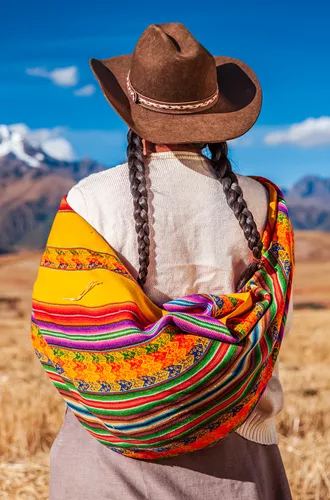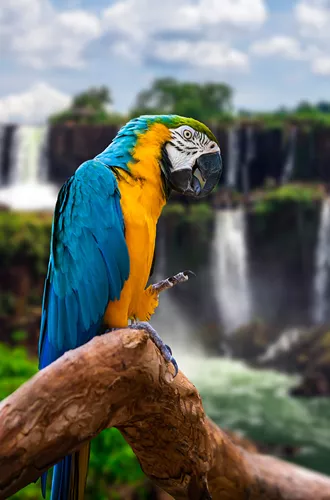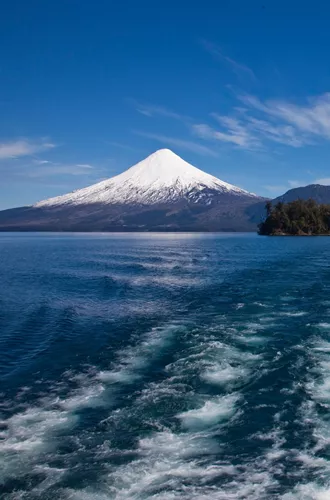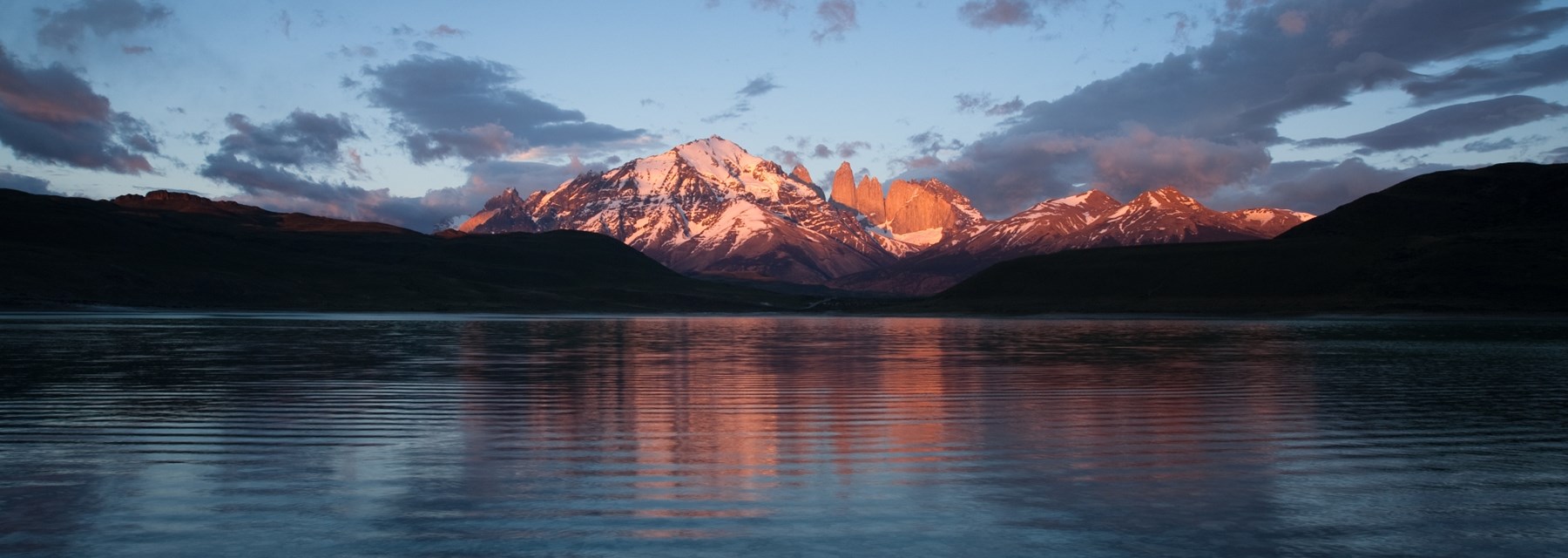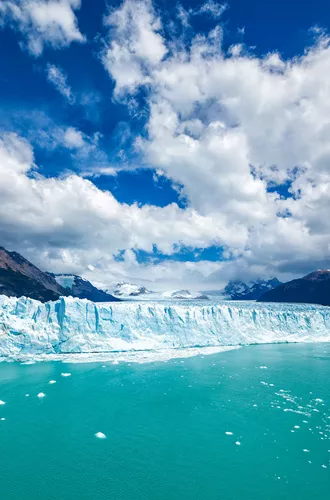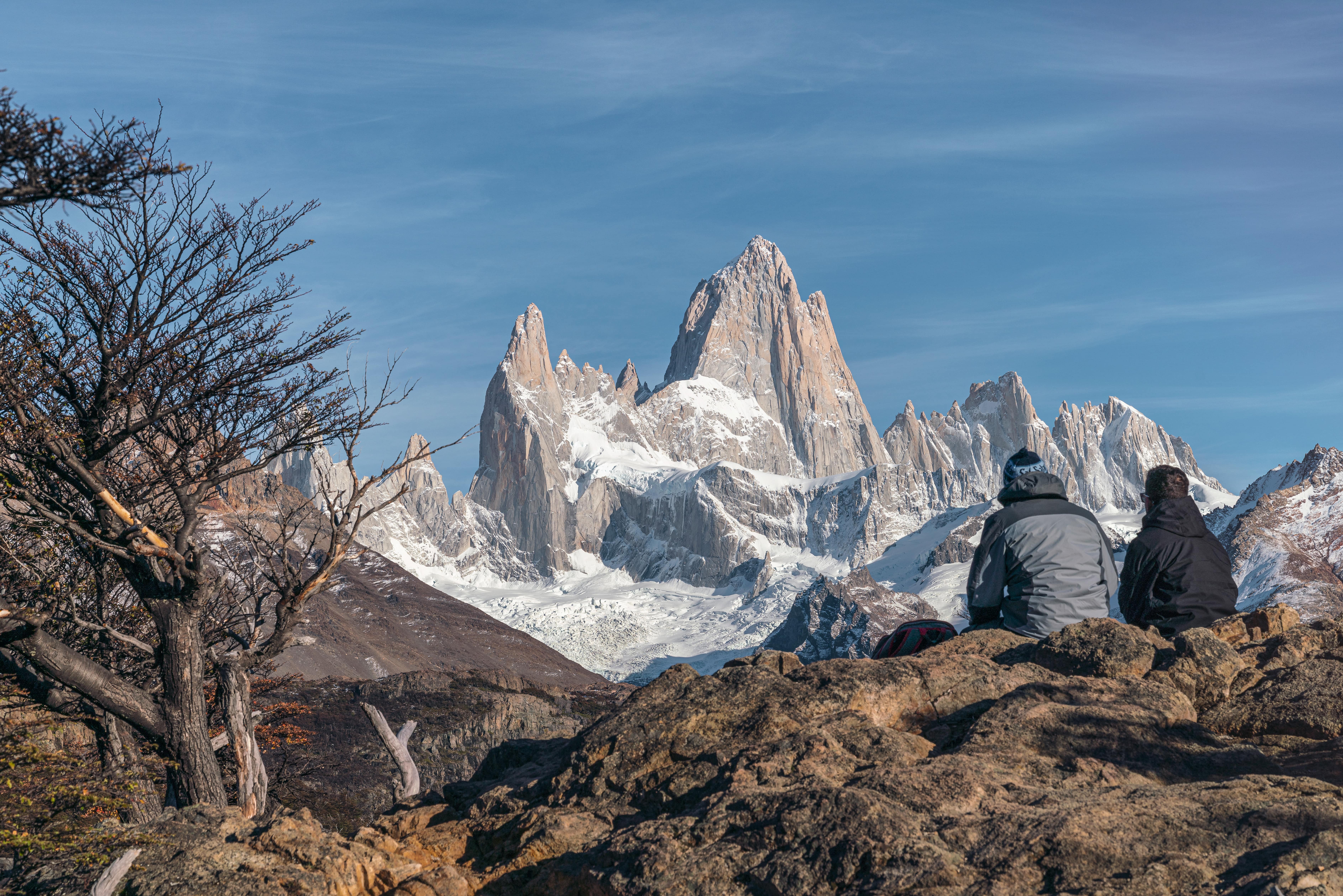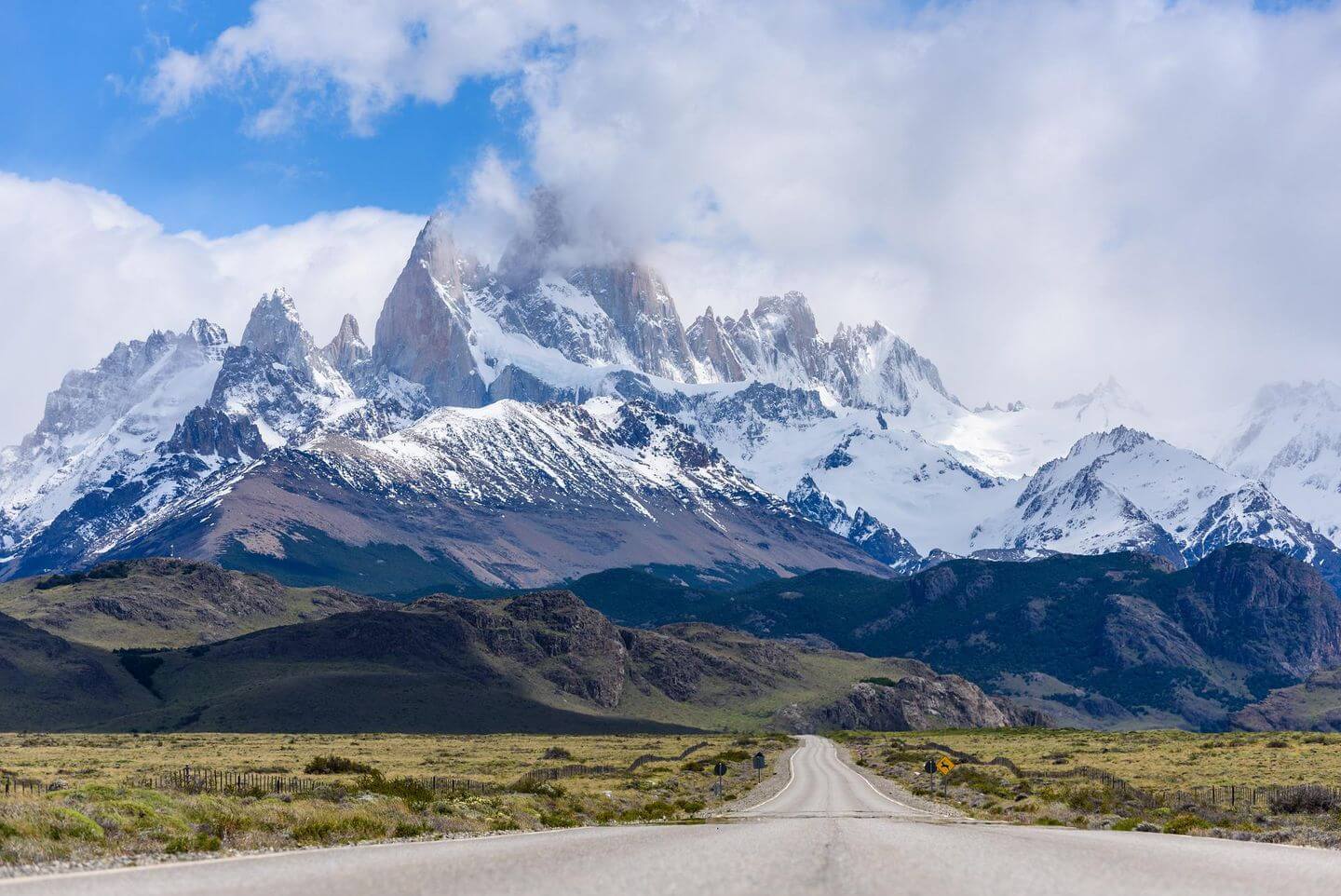© Adventure World 2024. All Rights Reserved.
MAKE TRAVEL MATTER® is a trademark of The TreadRight Foundation, registered in the U.S. and other countries and regions, and is being used under license.
Travel tips
Spring
Sep-Nov
Average temperature:
15°C-25°C
Rainfall:
Approximately 30-60 mm/month
Summer
Dec-Feb
Average temperature:
20°C-30°C in Buenos Aires; cooler in Patagonia with temperatures around 10°C-20°C
Rainfall:
Approximately 50-100 mm/month
Autumn
Mar-May
Average temperature:
10°C-20°C in Buenos Aires; cooler in the south
Rainfall:
Approximately 50-100 mm/month
Winter
Jun-Aug
Average temperature:
0°C-10°C in Buenos Aires; colder in Patagonia with temperatures often below 0°C
Rainfall:
Approximately 50-100 mm/month
Country dialing code
+54
Capital city
Buenos Aires
Official language
Spanish
Currency
Argentine Peso (ARS)
The best time to visit Argentina depends on where you want to go and what you want to do. Spring (Sep-Nov) and Autumn (Mar-May) offer mild days and less rainfall, making it ideal for exploring cities like Buenos Aires and Mendoza. Summer (Dec-Feb) is peak season, especially in Patagonia and the Lake District, when the weather is perfect for hiking.
Highlights
Buenos Aires
Argentina's capital envelops you in passionate culture. Join a tango lesson and indulge in the diverse and delicious flavours of Argentine beef, empanadas and dulce de leche desserts.
Iguazú Falls
Marvel at the breathtaking Iguazú Falls, one of the world's largest waterfall systems. Located on the border with Brazil, these falls offer stunning views, lush rainforests and diverse wildlife.
Patagonia
Explore the wild beauty of Patagonia, perfect for adventure seekers, this region offers hiking, wildlife spotting, and breathtaking scenery in places like Torres del Paine and El Chaltén.
Salta
Discover the colonial charm of Salta, loved for its well-preserved architecture and vibrant culture. Founded in 1582, Salta has stayed true to its Spanish heritage and is distinctive from the rest of Argentina.
Mendoza
Argentina's premier wine region is nestled at the foothills of the Andes. It is famous world-wide for its Malbec wines. Enjoy tours of picturesque vineyards with sprawling views of the beautiful Andes Mountains.
Bariloche
Located in the Lake District, Bariloche is paradise for nature lovers. Renowned for its Swiss-style architecture, this town offers skiing in winter, hiking in summer and stunning views year-round.
Useful information
Your search for ""
clear searchCommunications
Fire and rescue services: Call 100 or 911 for English language services only available in the city of Buenos Aires).
Medical emergencies: Call 107 or 911 for English language services only available in the city of Buenos Aires).
Police: Call 911 or +54 9 11 5050 9260, for multilingual tourist police (only in the city of Buenos Aires).
Australian Embassy, Buenos Aires
Villanueva 1400, (C1426BMJ) Buenos Aires, Argentina
Phone: +54 11 4779 3500
Website: argentina.embassy.gov.au
New Zealand Embassy Buenos Aires, Argentina
Carlos Pellegrini 1427, 5th Floor, Ciudad de Buenos Aires CP1011, Argentina
Telephone: +54 (11) 5070 0700
Email: embajadanzba@gmail.com www.mfat.govt.nz/argentina/
Customs
While Spanish is the official language, many Argentines, especially in tourist areas, speak some English. Learning a few basic Spanish phrases helps to show respect and build connections.
Argentines are known for their warm, friendly nature. Greetings often include a kiss on the cheek, even between men and women. Dress modestly when visiting religious sites and be respectful of local customs.
Being fashionably late is common in Argentina. Argentines typically eat dinner late, often 9pm or even later. It's considered polite to wait until everyone has been served before starting to eat. Asado (barbecue) is a popular social event and it’s common for meals to be shared.
Sharing a mate (a traditional herbal tea) or tereré (a cold tea) is an important social activity. If offered, it's polite to accept one, even if you’re not sure you want or will like it. There are rules for passing and drinking mate, so observe and follow the lead of locals.
Patagonian culture is a blend of indigenous traditions and European influences. The gaucho, or Patagonian cowboy, is an iconic figure. Gauchos are famous for their horse-riding skills and traditional dress, including bombachas (baggy trousers) and ponchos.
Electricity
Electrical Socket Type: Type C (European) and Type I (Australian)
Voltage: 220 volts, 50Hz
Health
The following information is intended as a guide only and in no way should it be used as a substitute for professional medical advice relative to a traveller's individual needs and vaccination history. No guarantee is made as to its accuracy or thoroughness.
Insect-borne diseases are common in the north of Argentina and as far south as Buenos Aires. These include dengue, chikungunya and zika virus. always use insect repellent. Yellow fever is a risk in Misiones and Corrientes.
Patagonia's weather can be unpredictable, with strong winds and harsh conditions. It is important you’re prepared with the right clothing and resources for the region. Dress in layers and wear windproof and waterproof clothing. Cold, windy weather can lead to respiratory issues. Pack cold and flu medications, throat lozenges and a reusable water bottle to stay hydrated.
For further information, please visit:
Argentina Travel Advice & Safety | Smartraveller (Australia)
Argentina (New Zealand)
Please consult a medical practitioner or contact The Travel Doctor for your specific risk to these preventable diseases and the appropriate avoidance measures.
How to Get There & Getting Around
Most travellers arrive into Argentina by air, with Ezeiza International Airport (EZE) in Buenos Aires the main international gateway airport.
Argentina is a vast country, so domestic flights are the best option to move between cities and make the most of your time.
In Buenos Aires, the Subte (subway) is the fastest way to get around and you must buy a SUBE card to use it. Rideshare services such as Uber are available.
Holidays & Festivals
- Carnival (Carnaval): Celebrated nationwide in February or March, in the weeks before Lent with colourful parades and music.
- Vendimia (Grape Harvest Festival): Celebrated in March in Mendoza, this festival marks the grape harvest with parades and of course, wine tasting.
- May Revolution Day (Día de la Revolución de Mayo): On 25 May, Argentina celebrates the anniversary of the May Revolution of 1810, which led to the country's independence from Spain.
- Independence Day (Día de la Independencia): Celebrated 9 July, this is the perfect time to experience Argentine national pride.
- Tango Festival: Held in Buenos Aires each August, this festival features tango competitions and performances.
Language
The official language of Argentina is Spanish. English is widely understood, especially in tourist areas.
Argentina has its own unique Spanish accent and vocabulary, influenced by Italian and other European immigrants.
There are several indigenous languages, such as Quechua, Guarani, and Mapudungun.
Money, Tipping & Shopping
You will need Argentine Pesos (ARS) when travelling in Argentina. Credit cards are widely accepted in cities, but it's a good idea to carry some cash, especially when travelling to rural areas. US Dollars can generally be exchanged for local currency at good rates.
It's customary to leave a 10% tip in restaurants. In bars and taxis leaving small change or rounding up the bill is a nice gesture. For porters in hotels, a tip of around 5,000-10,000 Argentine Pesos per bag is recommended. Tip your tour guides around 10% of the tour cost.
Argentina is known for its artisanal crafts, including alpaca products, leather goods and handmade jewellery. Markets are great places to find unique souvenirs. Yerba mate, the traditional Argentine tea, and the crafted mate cups or local wines, such as Malbec from the Mendoza region make nice souvenirs.
Visas
The Travel Corporation has partnered with the company Sherpa to provide travellers with the latest government and health restrictions. Simply enter the country you want to travel to for information on safety regulations, border closures, quarantine requirements, your travel visa and more using the Sherpa travel tool: Visa Advice
Australian and New Zealand passport holders do not need a visa to visit Argentina for up to 90 days and can extend this period when in Argentina.
For further information, please visit:
Argentina Travel Advice & Safety | Smartraveller (Australia)
Argentina (New Zealand)



